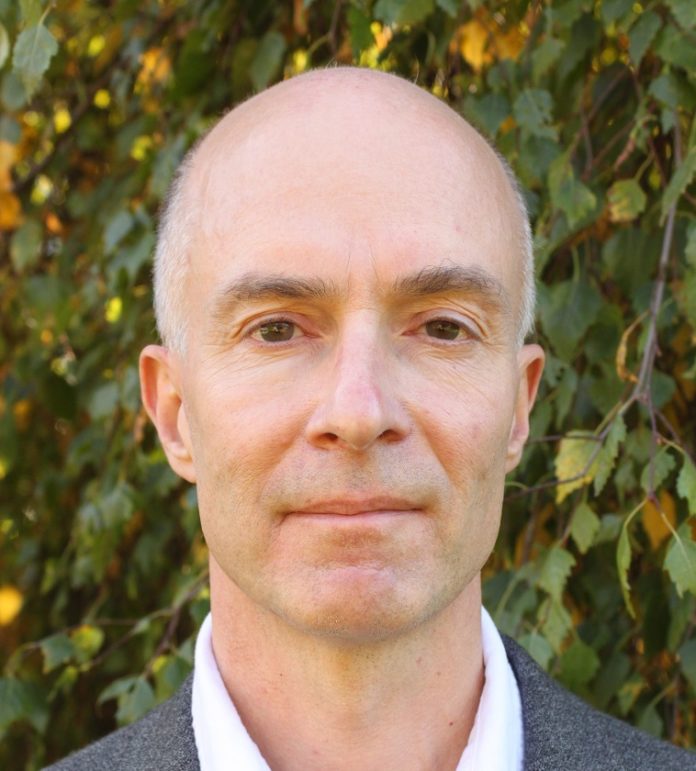The UN Office for Disaster Risk Reduction’s special report on drought contributes on several levels – perhaps not all entirely intended.
The water sector knows drought is a crucial issue. We speak of water’s many connections across the Sustainable Development Goals. Drought reveals this in the starkest way, and the report points to the fact that the biggest impacts of drought are indirect, with repercussions of impacts on food, for example, rippling through communities and countries alike.
These connections, the many factors that come into play, and the many effects that reach out in all directions, are reflected in the need to take a systems-based approach to drought. That is the central premise of the report, and its main aim is to bring together the latest ideas around dealing with systemic risk and to point to a way forward. Integral to this is a need to build approaches to governance that are able to adapt as conditions change.
The report also offers a clear statement of the basic actions needed to bring improvements. One challenge ahead is of how to drive progress with these. They make clear that action on drought will need to come from all directions. They speak of mapping all the connections and stakeholders as a step towards diverse actors taking part in the design through to implementation of drought risk management. There is a need for co-development of shared visions, and a need for decentralised local initiatives based on partnerships.
In this sense, the report represents just one voice in the debate. Its core offering is to provide a new reference point on systemic risk, and it succeeds in this respect. It comes from a mixed voice combining academic and policy authority, but there is the recognition that many other voices need to be brought together.
It is interesting that the report also identifies an “immediate and critical” need to craft a new narrative of measures of human well-being and interaction with natural systems, within and among countries facing drought and water scarcity. Decision making at all levels, it notes, draws on experience, culture and values.
“Many other voices need to be brought together”
The report itself demonstrates how hard it is to convey the complexities of systemic risk and adaptive governance and translate these into an engaging message. The report does offer a message of urgency, reminding us of the prospects for water’s role in driving human migration and the growing concerns over what climate change may bring in the future. It even sets out a call to action. But the academic-policy speak can only carry the message so far.
The compelling narratives around human well-being and interaction with nature will need to come from elsewhere, but the report nonetheless provides a valuable foundation on which to build a more joined-up approach to drought.
Keith Hayward, Editor







